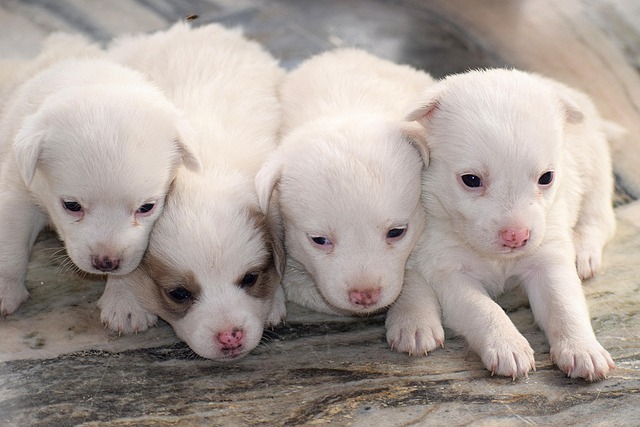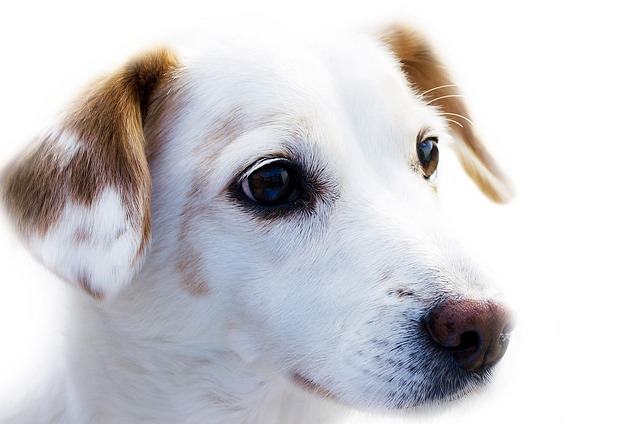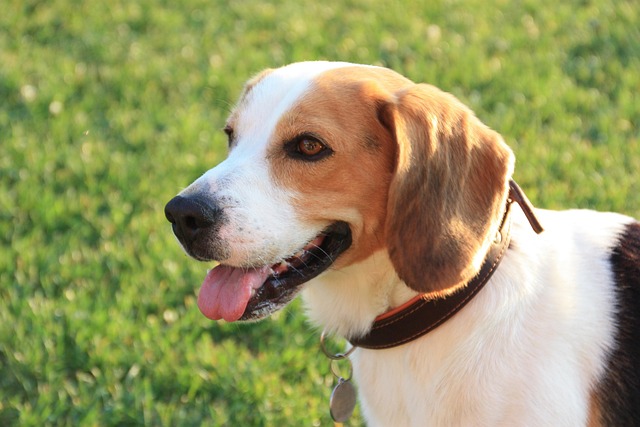
How long can a dog get vaccinated after recovering from a cold
As a dog owner, it’s heartbreaking to see your furry friend sniffling and sneezing through a cold. But once they’re on the mend, you might wonder:
Picture your fluffy Teddy leaving a trail of hair on your couch—those tiny curls may seem low-maintenance, but excessive shedding signals underlying issues. Let’s explore science-backed causes with real pet parent stories, blending veterinary insights with practical tips for happier, healthier Teddies.
Genetic factors play a key role. Most Teddies have a single-layer coat, but some carry recessive shedding genes. My neighbor’s Teddy, Bella, shed profusely until her breeder revealed her parents were mixed with a shedding breed. "Genetic predisposition affects hair cycle regulation," a vet geneticist explains.
Seasonal changes trigger natural shedding. Every spring, my Teddy, Max, loses more hair—"Photoperiod changes signal coat renewal," my groomer says. In the Northern Hemisphere, Teddies often shed more in autumn too, preparing for temperature shifts.
Dietary deficiencies exacerbate shedding. When I fed Max cheap kibble, his coat became brittle—"Lack of omega-3s and biotin damages hair follicles," a nutritionist warns. Switching to an AAFCO-certified food with salmon oil reduced his shedding by 50%.
Skin infections cause abnormal hair loss. Bella developed red patches and excessive shedding—"Yeast dermatitis thrives in curly coats," her vet said. Topical antifungals and medicated baths cleared it up. In the EU, vets must prescribe antibiotics only when necessary to avoid resistance.

Hormonal imbalances like hypothyroidism. Max’s sudden heavy shedding led to a blood test—"Low thyroid levels disrupt hair growth cycles," my vet explained. Levothyroxine medication normalized his thyroid, and shedding decreased within months.
Stress and anxiety trigger shedding. After moving homes, Bella pulled out her own hair—"Chronic stress raises cortisol, weakening hair roots," a behaviorist says. Pheromone diffusers and a consistent routine helped her stop.
Improper grooming practices matter. When I used human shampoo on Max, his scalp dried out—"Human products disrupt pH balance," a dermatologist vet notes. Switching to a pH-balanced dog shampoo with oatmeal soothed his skin.
Environmental allergens irritate skin. Max shed more in pollen season—"Allergies cause itching, leading to hair loss," my vet says. Antihistamines and weekly oatmeal baths provided relief. Always consult a vet before giving human meds.
Parasite infestations like fleas or mites. Bella’s intense itching revealed a flea problem—"Even one flea bite can cause allergic reactions in Teddies," a groomer warns. Using EPA-approved flea treatments eradicated the issue.
Genetic disorders in some bloodlines. A client’s Teddy had alopecia X, a rare genetic condition—"It causes symmetrical hair loss, often starting on the tail," her vet says. While incurable, regular moisturizing improved skin health.
Aging affects coat quality. At 10, Max’s hair thins more—"Reduced sebaceous gland activity dries out hair," a geriatric vet explains. Adding coconut oil to his food boosted shine and reduced shedding.
Local pet care regulations apply. In California, using unapproved flea products is illegal; in the UK, vets must diagnose before prescribing treatments. "Always use certified products to stay compliant," a lawyer friend reminds me.
Preventive measures for Teddies. Regular brushing (3–4 times weekly) removes dead hair—"A slicker brush works best for curly coats," my groomer says. Monthly professional grooming prevents matting that leads to hair breakage.
Understanding Teddy shedding requires patience and observation. For Max, it was a dietary fix; for Bella, stress management. "Every Teddy is unique—track changes and consult your vet for persistent issues," my behaviorist says. With proper care, those adorable curls can stay lush and shedding under control.

As a dog owner, it’s heartbreaking to see your furry friend sniffling and sneezing through a cold. But once they’re on the mend, you might wonder:

Watching your Labrador bound across the park is a thrill,but what if you notice their ribs showing a bit too much or they tire quickly on hikes?Building muscle isn't just about looks—it's crucial for your dog's joint health,stamina,and overall well-being.

Picture this: Your golden retriever, Max, just came back from a rainy walk in Central Park. He’s sneezing, his nose is runny, and he’s curled up shivering on his bed.

So you're scrambling some eggs for breakfast and those big, hopeful eyes are locked onto your plate. It happens to every dog owner sooner or later.

We’ve all buried our noses in that stinky fur after a rainy walk or noticed an unpleasant smell lingering near your dog’s bed.

When it comes to Pomeranians and their eating habits, their tiny stature doesn’t mean they lack strong opinions about food.